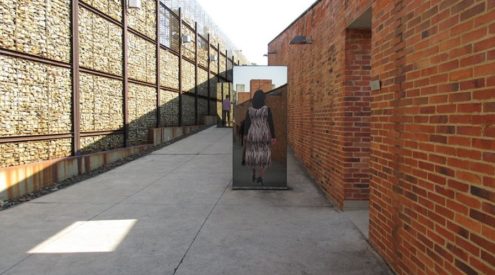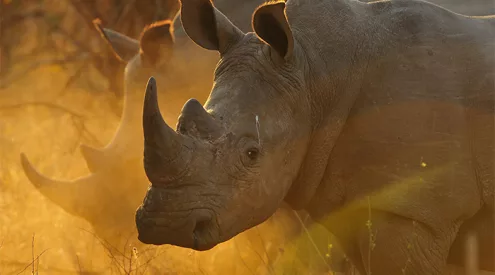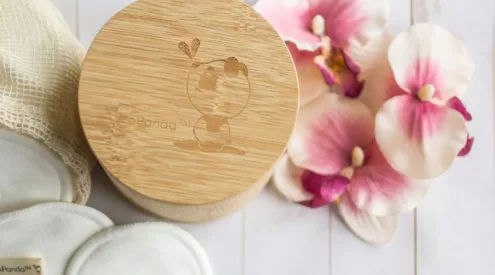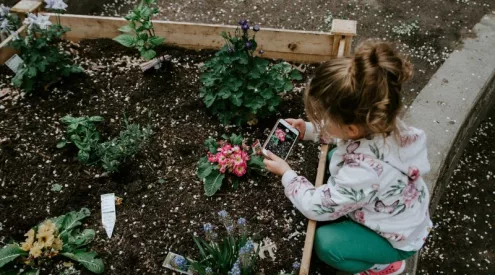One thing we can all agree on are the negative side effects of littering. From plastic in the ocean to discarded items littering the streets, but what about biodegradable litter?
For many, biodegradable littering is a no-brainer, natural items like apples, banana and orange peels just break down over time or are eaten by animals. So why would it be bad to toss them out in nature?
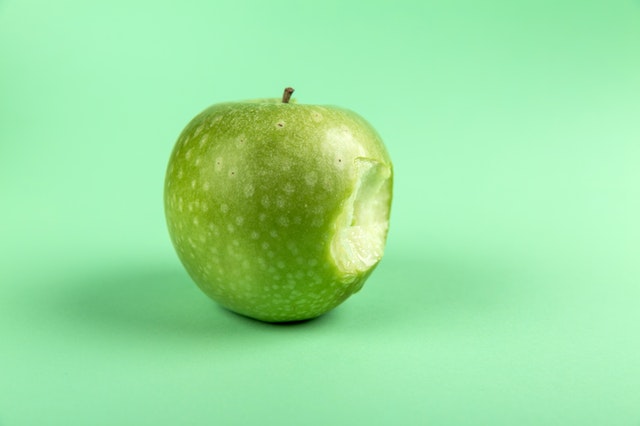
Even compostable items take long to degrade, look bad and can cause harm to its surroundings.
In reality, it is far more complicated than that. While biodegradable items break down far quicker than non-biodegradable items, it can still take them substantially long periods of time to decompose.
On average, things like apple cores can take as long as two months to biodegrade, while a banana peel can take as long as two years. This may be a far cry from the 200 years it takes a straw to degrade but it still has a substantial effect on the environment.
The theory that animals will eat the items is also misguided as this simply doesn’t always happen, and rotten leftovers could make animals that eat them ill. According to Earthbuddies, a study by Marjorie Woodruff showed that biodegradable items left for wild animals to eat in the Grand Canyon remained untouched by wild critters for as long as six months. Following her study Woodruff urged people to think about what animals eat, just as humans do not eat peels, neither do animals.
While its easy to justify biodegradable littering by thinking we are helping animals and insects with a source of food, this is often not the case.
Another aspect to consider when it comes to littering biodegradable items is how it could make an area look if more people took up the habit. Hiking or picnicking can very easily be ruined by banana peels, apple cores and orange skins spread far and wide.
Remember and remind others that nature is not a dustbin and that our mess is our responsibility whether its biodegradable or not.
Image: Pexels


